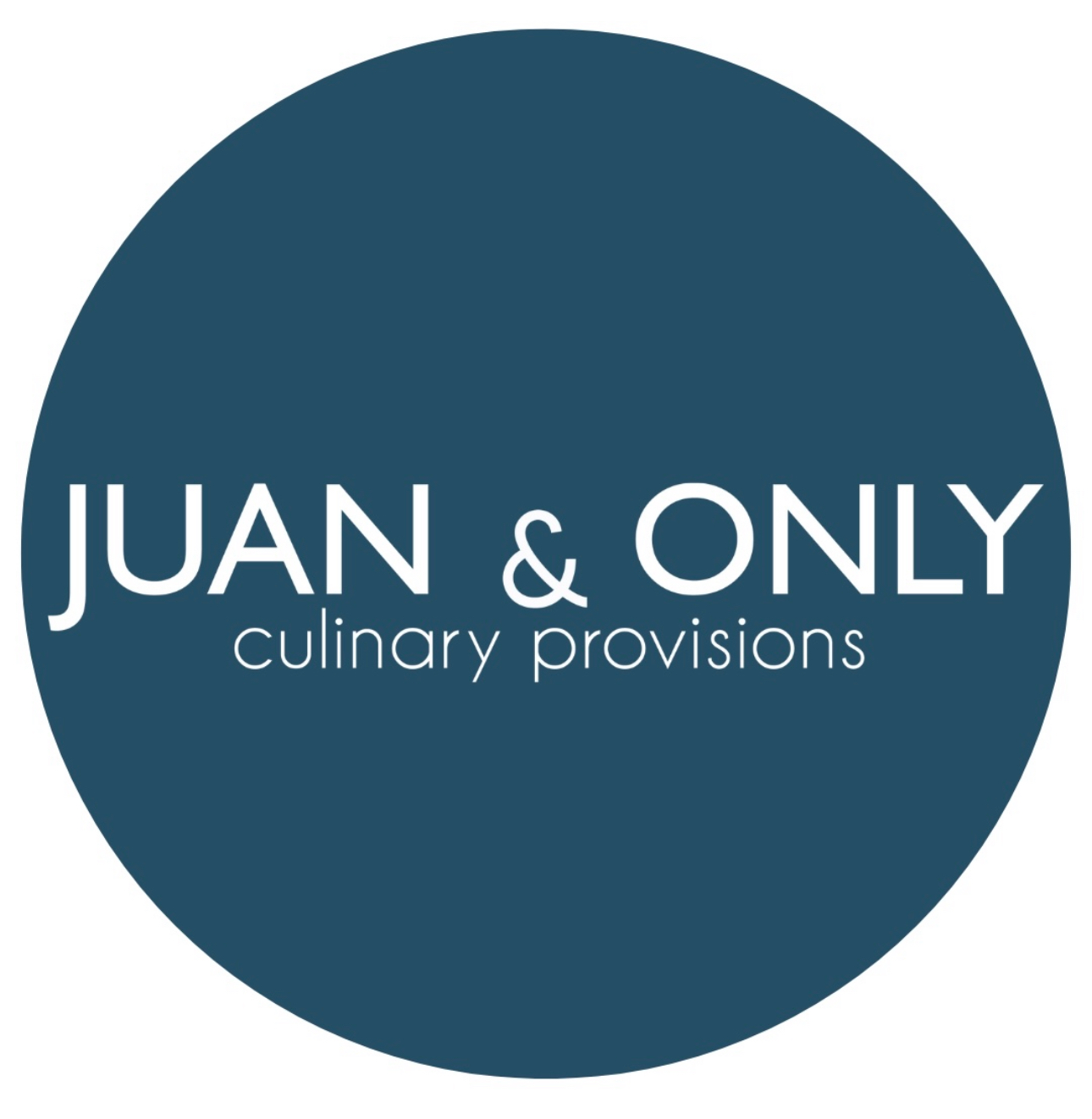How to Thrive During the Low Season in Catering
- Juan Cortes
- Oct 16, 2024
- 2 min read
Slow seasons aren’t setbacks—they’re setups for something greater. With the right mindset, these quieter months can become your business’s most valuable growth period.

The catering business isn’t just about riding the wave of the high season—it’s about mastering the art of thriving during the quiet months. A temporary slowdown offers the perfect chance to evaluate, innovate, and elevate your services. Whether it’s refining your menu, strengthening client relationships, or enhancing your marketing strategy, these quieter periods are an opportunity to lay the groundwork for future success.
Here’s how you can use the low season as a springboard for sustainable growth and a head start on the busy months ahead.
1. Diversify Your Offerings
Slow months are the perfect time to introduce new streams of revenue. Launch meal delivery services, host interactive virtual cooking classes, or create limited-time drop-off catering packages for corporate clients. Expanding your offerings not only maintains cash flow but also taps into new customer bases.
2. Boost Your Marketing Efforts
Keep your business top-of-mind by stepping up your marketing game. Showcase behind-the-scenes content on Instagram or Facebook, launch time-sensitive discounts to incentivize early bookings, and update your website with fresh imagery and testimonials. Staying visible ensures your brand stays relevant when customers are ready to plan events.
3. Strengthen Corporate Relationships
Corporate catering isn’t bound by seasons. Offer exclusive packages or loyalty discounts to your existing corporate clients, ensuring a reliable stream of orders throughout the year. Hosting personalized tasting sessions for key clients can further solidify these partnerships.
4. Host Your Own Events
If the bookings slow down, create demand by organizing your own pop-up dinners, food tastings, or seasonal events. Not only will this bring in new clients, but it also provides excellent content for your social media channels.
5. Invest in Staff Training
Use this downtime to sharpen your team’s skills. Whether it’s upgrading culinary techniques or refining customer service, investing in your staff will translate into better service during peak times. Consider inviting industry experts for workshops or enrolling your team in online courses.
6. Refine and Experiment with Menus
Explore seasonal ingredients or test out new dishes to refresh your offerings. Launching an updated menu ahead of the busy season can attract clients looking for something fresh and exciting.
7. Plan Your Finances Strategically
A well-organized budget is essential during the slow season. Review your expenses, identify areas to cut costs, and prepare a financial cushion for unexpected challenges. Strong financial planning ensures you're ready to take full advantage of the next high season.
Embrace the Opportunity in Every Challenge
As Albert Einstein famously said, "In the middle of difficulty lies opportunity." The low season in catering isn’t a setback—it’s a chance to reflect, innovate, and come back stronger. Embrace this time to grow, and your business will be better positioned to thrive in the next peak season.




Comments